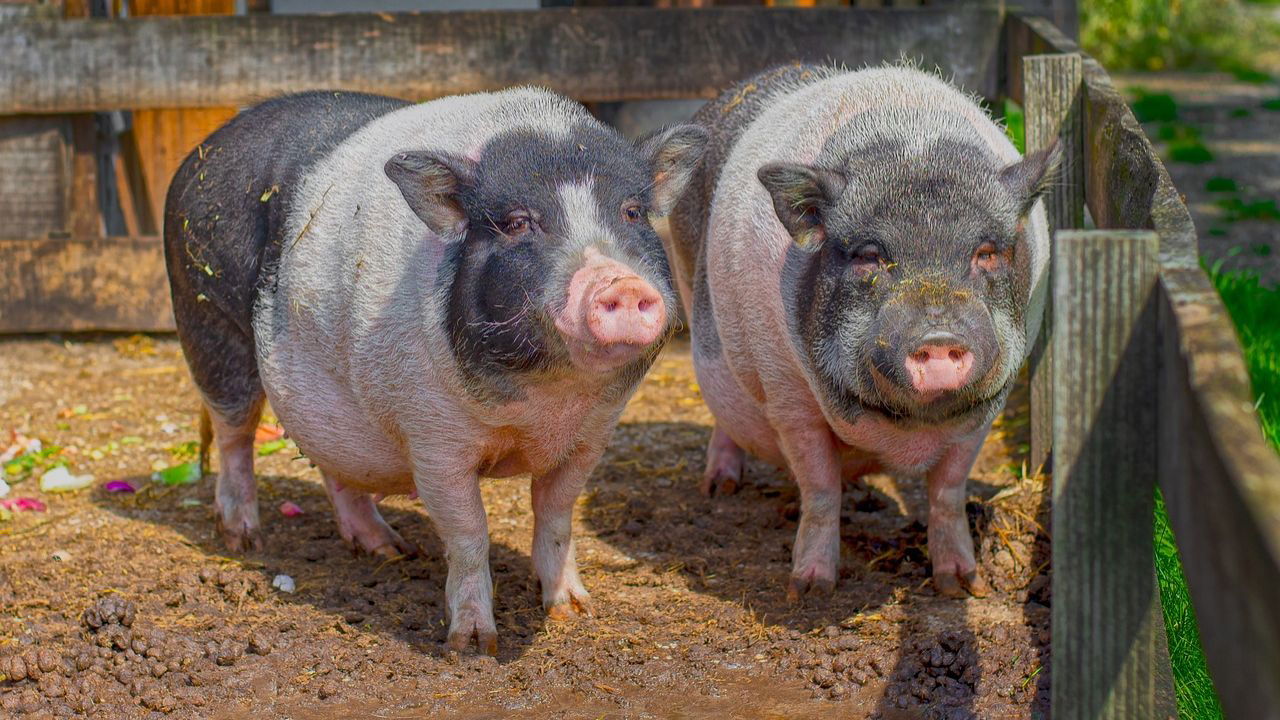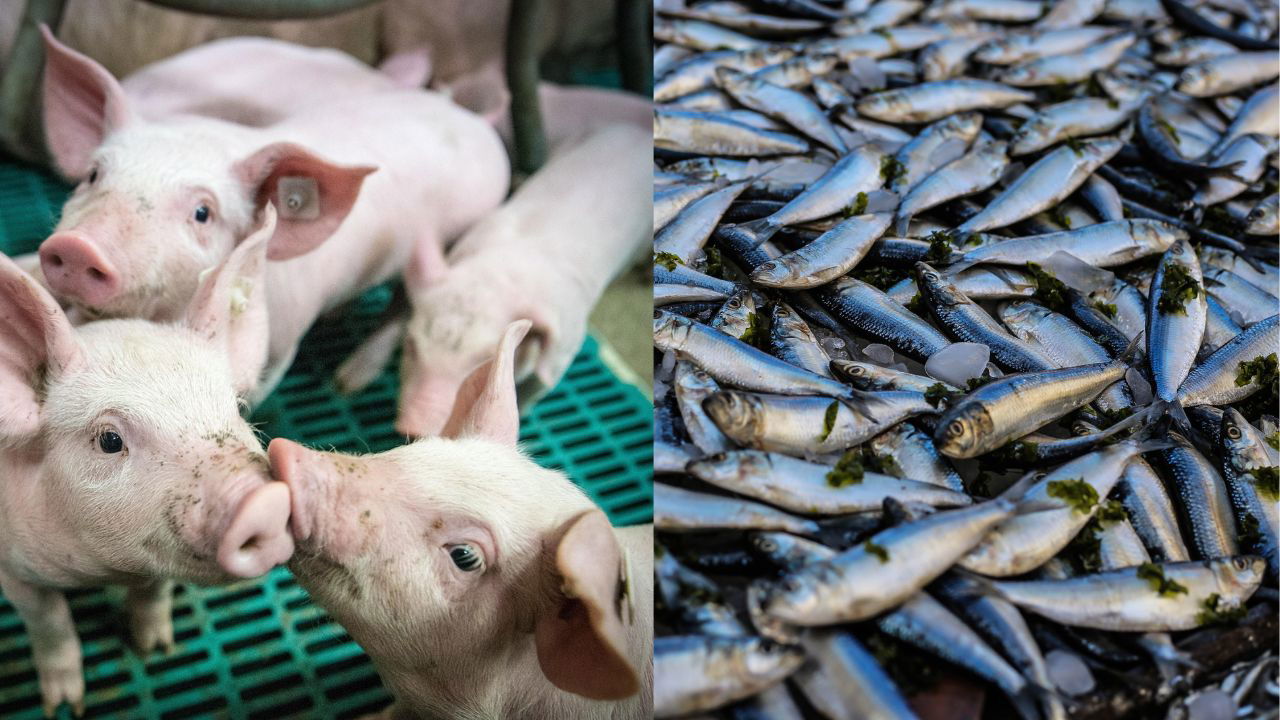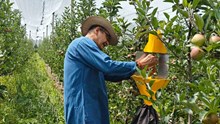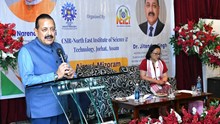
Pig farming plays a crucial role in providing livelihood opportunities for rural farmers. Pigs are known for their rapid growth, high reproductive rates, and relatively low investment requirements compared to other livestock, making them a valuable source of income. With the growing demand for pork, pig farming has become an increasingly profitable venture. However, traditional breeding methods have their drawbacks, including lower conception rates and the risk of disease transmission.
To address these challenges, modern breeding techniques such as artificial insemination (AI) have been introduced, significantly improving the efficiency and productivity of pig farming.
Artificial Insemination (AI): A Blessing for Pig Farmers
Artificial insemination (AI) has transformed pig rearing by enabling farmers to use high-quality boar semen without the need to keep a breeding boar. AI improves genetic qualities, makes piglets healthier, and minimizes disease transmission. Researchers have achieved success in semen conservation methods which enable boar semen to be preserved in liquid at 15-18°C and frozen at -196°C. This innovation makes it possible for farmers to utilize better quality semen whenever needed, enhancing their success rates in breeding.
The AI technique in pigs has been optimized to achieve high conception rates. Research studies carried out in Meghalaya revealed a remarkable 79.4% pregnancy rate following AI, and an average litter size of 8.2 piglets. More than 80% of farmers in sample villages have embraced AI due to ease and effectiveness. The technology was promoted through on-farm demonstrations and training sessions which equipped the farmers with the skills to enhance their pig rearing.
To provide AI to rural farmers, several training sessions have been conducted for unemployed youth, Veterinary Field Assistants (VFAs), and State Veterinary Officers. Over 70 veterinary officers have been trained in the latest pig breeding management and AI, so that farmers get proper guidance and assistance.
Better Pig Breeds for Greater Productivity
One of the major problems in conventional pig rearing is the low productivity of indigenous breeds. To solve this, researchers have come up with a three-breed cross pig that possesses the finest characteristics of various pig species. This cross was developed by breeding Hampshire males with chosen local female pigs and then crossing F1-generation with Duroc males. The outcome is a pig with lean flesh, good mothering capacity, high litter size, and improved tolerance to local environments.
The farmers in Meghalaya have embraced these improved breeds, and their reproductive and productive performances are being assessed under the local environment. The meat quality and growth rate of these pigs are encouraging and well-suited for commercial pig rearing. Farmers can now grow pigs with enhanced genetics faster and with higher meat quality, and hence there is better market realization.

Pig-cum-Fish Integrated Farming System
Integrating pig farming and fish farming is a new method of using farm resources effectively while generating more farm income. Pig-fish integration is a system where pigs are raised close to fish ponds, and pig dung is used as organic manure for fish culture. This process saves feed and promotes fish growth, making the whole farming system more productive and sustainable.
A pig-fish model at the Livestock Farm Complex was constructed using 0.05 hectares of pond space. Over a six-month trial, fish output stood at an astounding 10.75 tons per hectare, and the pigs reached an average body weight of 92.56 kg.
The farmers substituted 20-30% of the feed with vegetables and crops cultivated within the farm itself to save input cost while maintaining proper growth among pigs. The fish were not supplemented with supplementary feed, as pig manure provided their nutrients naturally to promote their growth.
Advantages of Pig-Fish Integration
This integrated system has various advantages for farmers. It maximizes farm resources by converting pig waste into fish feed, minimizing environmental pollution. The system has low investment costs and provides various sources of income, making it extremely profitable for marginal and small farmers. Fish farming also adds a secondary layer of food security, providing a consistent source of protein that is nutritious for farm families.
Training and Adoption by Farmers
To promote sustainable pig farming practices, several training sessions have been organized for farmers on pig breeding and management. These workshops make farmers aware of the advantages of AI, better breeding methods, and integrated farm models. Consequently, several farmers have implemented modern pig farming practices, boosting their income and improving their living standards.
Combining pig farming with advanced breeding techniques like artificial insemination and fish farming presents huge potential for rural agriculture. AI-driven breeding and crossbreeding create high-yielding pig varieties, while the pig-fish integration model enhances farm profitability by efficiently utilizing waste. This approach promotes increased productivity, higher income, and long-term growth. With ongoing training and support, pig farming can drive rural economic development and food security.
















